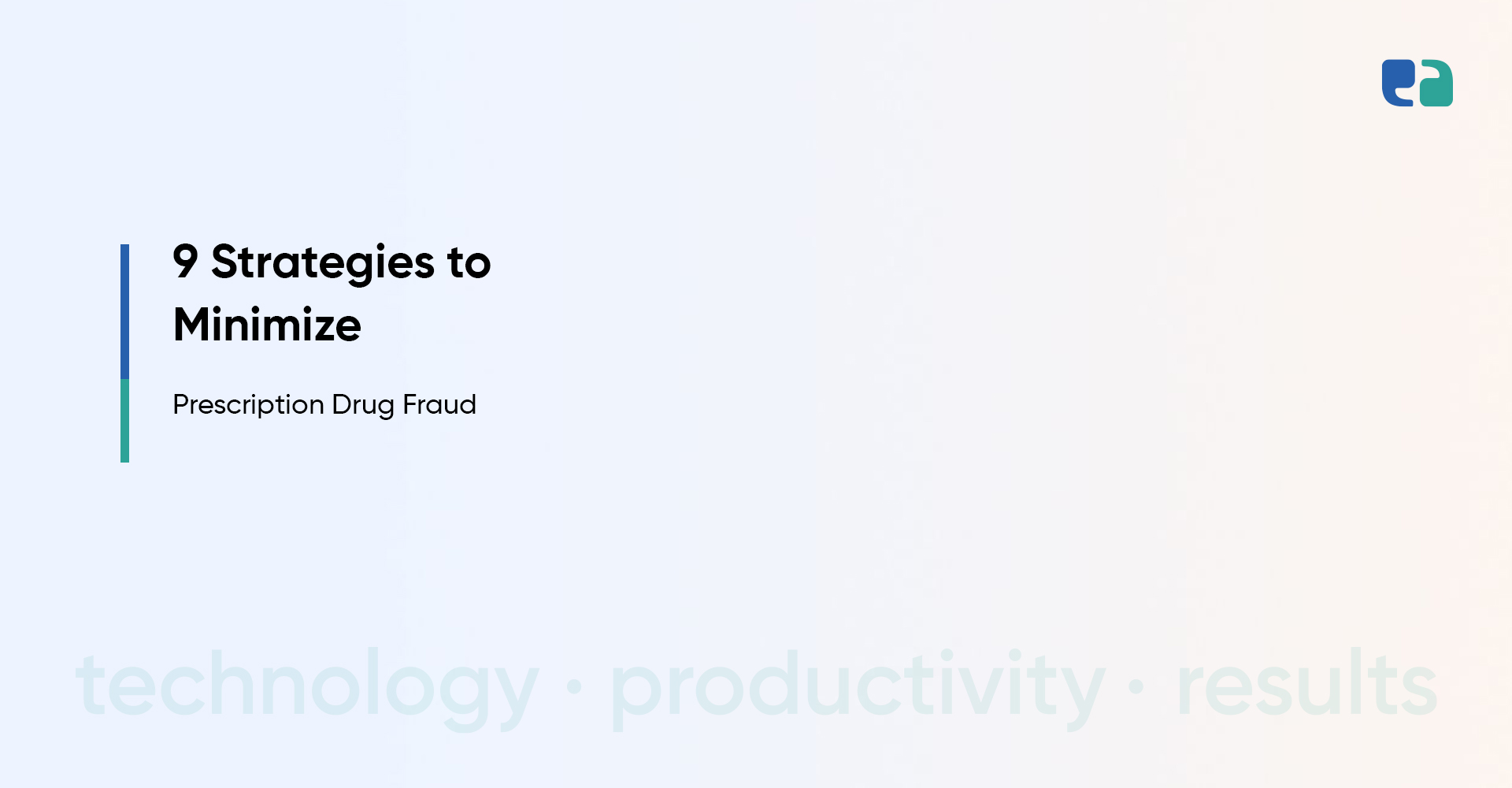Prescription drug fraud is a growing concern in the healthcare industry, posing significant risks to public health and patient safety.
The misuse and abuse of prescription drugs have led to dire consequences, including addiction, overdose, and even death.
To address this pressing issue, regulatory authorities, and technology developers are joining forces to implement robust measures for preventing prescription drug fraud.
The Rise of the Prescription Drug Fraud
Prescription drug fraud refers to the illegal acquisition or distribution of prescription medications.
To exploit vulnerable healthcare systems, fraudsters employ various methods, including
- Forged prescriptions
- Identity theft
- Doctor shopping
Unfortunately, the consequences of prescription drug fraud extend beyond financial losses, as they can
- Contribute to the opioid crisis
- Facilitate the spread of counterfeit drugs
- Compromise patient safety
The Causes of Prescription Drug Fraud
Common Factors Contributing to Prescription Drug Fraud

Strategies to Mitigate Prescription Drug Fraud

Minimize Prescription Drug Frauds with SyS Creations
We, at SyS Creations, are at the forefront of providing comprehensive security services to our clients.
As we’re a healthcare-dedicated company, we only take projects related to the healthcare industry (and we’re proud of it).
With nearly a decade of experience, we are one of the leading healthcare software development companies.
With our comprehensive security services, we empower healthcare providers, pharmacists, and regulatory authorities to combat prescription drug fraud effectively.
Our commitment to utilizing technology to safeguard public health and minimize the risks associated with prescription fraud makes us a trusted partner in the healthcare industry.
Connect with us today by clicking on the contact button to know more about our security services!



